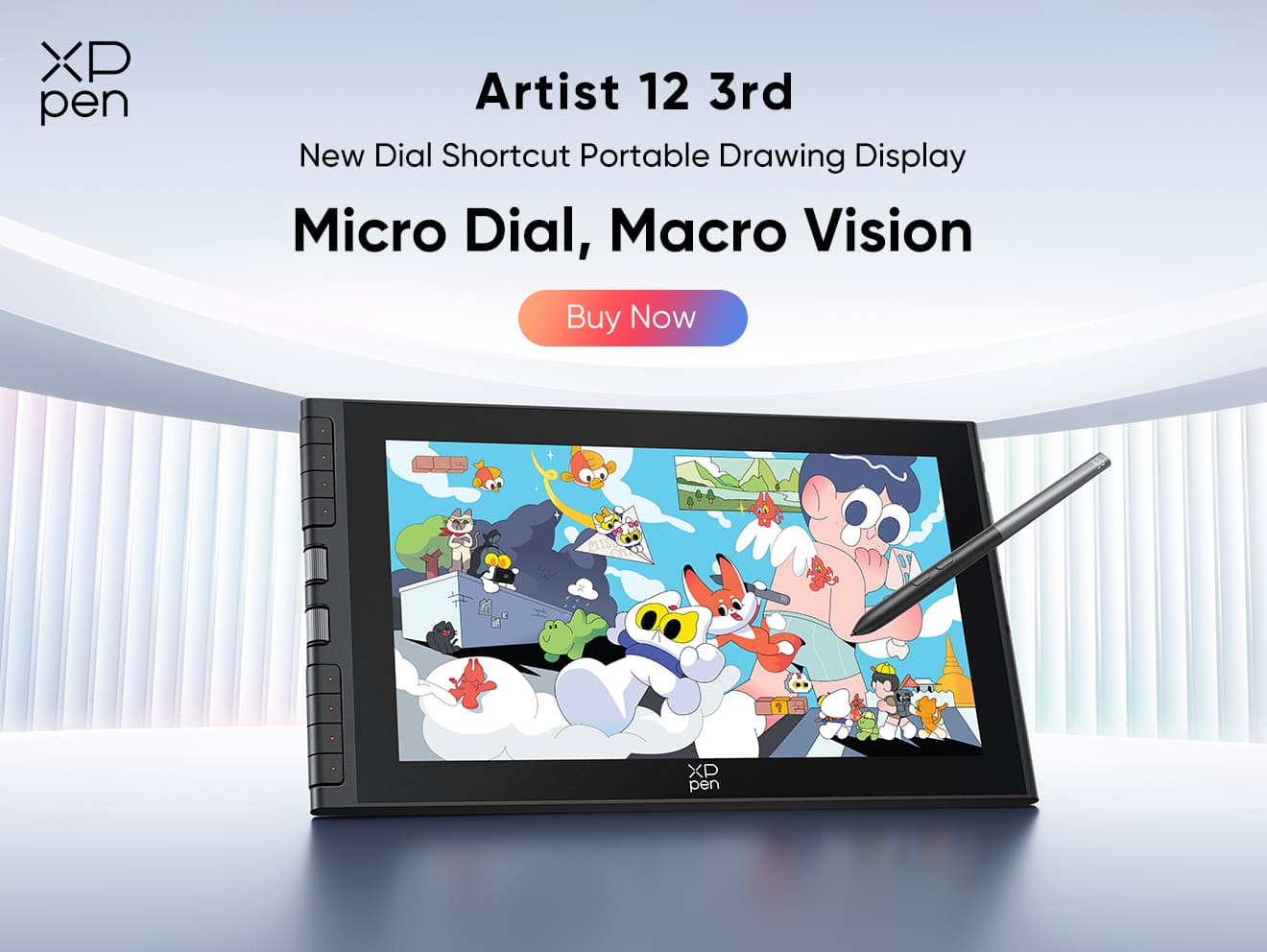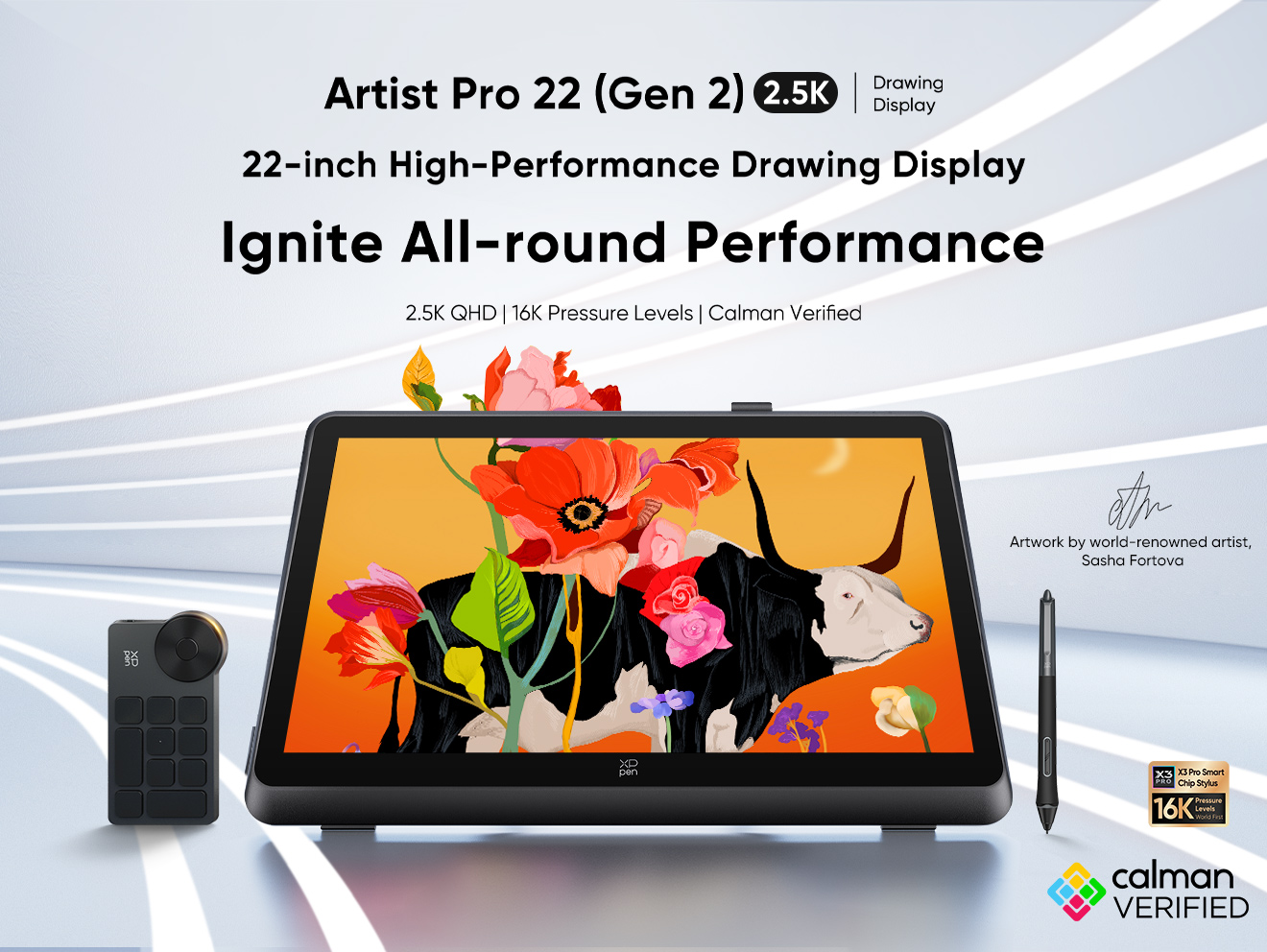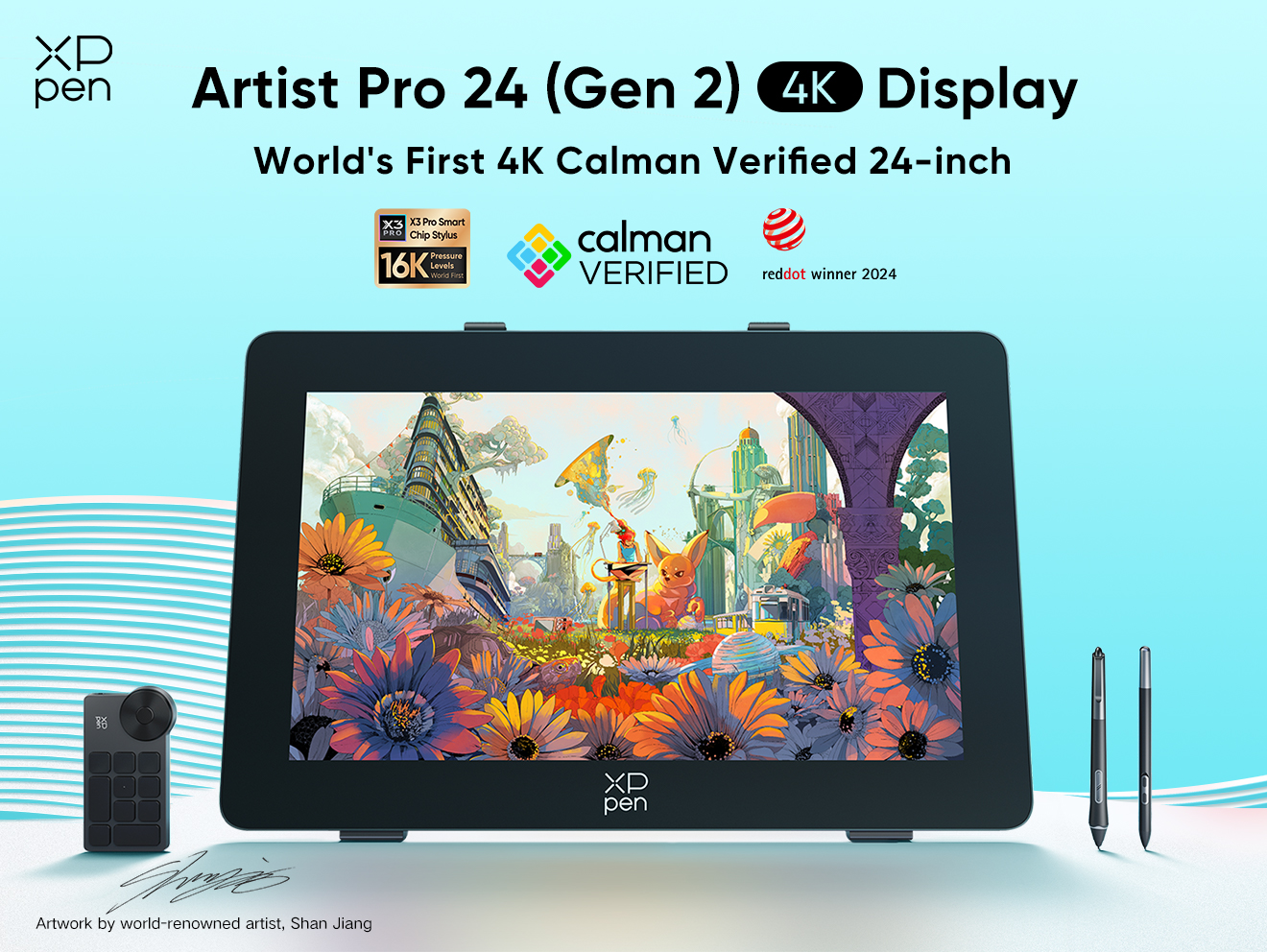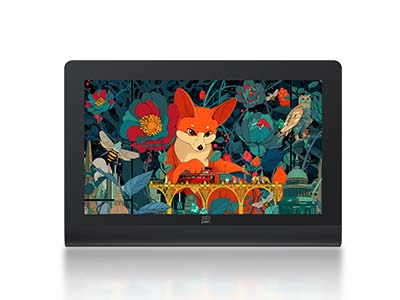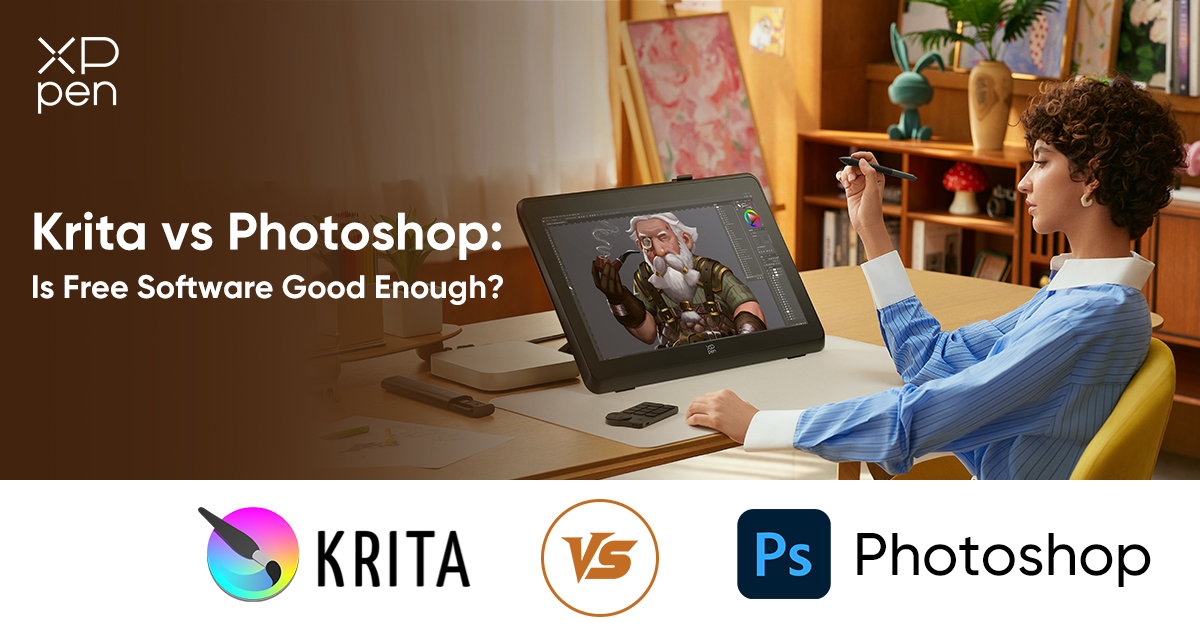
Krita vs Photoshop: Is Free Software Good Enough?
TIPSIntroduction
For decades, Adobe Photoshop has been the gold standard in digital art, design, and photo manipulation. Its name is synonymous with professional image editing. But not every artist has the budget—or the need—for such a powerful (and pricey) tool. Enter Krita, an open-source digital painting software that has gained a passionate following for its impressive features and zero cost.
This leads to the central question: Can free software like Krita truly compete with Photoshop when it comes to digital art creation? In this article, we’ll examine both platforms across critical areas: features, interface, performance, tools, and real-world use cases like comics and concept art.
Overview of Krita for Digital Painting
Krita is a free, open-source painting application designed primarily for illustrators, concept artists, comic creators, and digital painters. It’s maintained by a global community of developers and artists and focuses exclusively on painting and illustration rather than photo editing or graphic design. We’ll also explore how professional hardware, such as the XPPen Artist Ultra 16, can amplify your creativity no matter which software you choose.
Core Strengths:
Customizable brush engines: Includes over 100 brush presets and the ability to create complex brush dynamics.
Stabilizers and assistants: Helps create smooth lines and guided strokes—especially useful for inking and comics.
Animation tools: Frame-by-frame animation and onion skinning are built-in.
Layer support: Full support for raster layers, masks, blending modes, and groups.
Completely free: No subscriptions or hidden fees.
Krita has become a favorite for digital painters because it offers many Photoshop-like features in an interface tailored for artists. It’s especially strong in natural media simulation, allowing brushes to mimic oils, watercolors, and pencils.
Photoshop’s Industry-Leading Features
Adobe Photoshop remains the most powerful and widely-used image editing software on the market. While originally intended for photo manipulation, it has evolved into a comprehensive platform for digital art, UI design, 3D modeling, and more.
What Sets Photoshop Apart:
Brush versatility: Custom brushes, textured brushes, dual brush combinations, and advanced dynamics.
Layered workflow: Includes adjustment layers, smart objects, masks, clipping masks, and advanced blending options.
AI-enhanced tools: Features like Generative Fill, Content-Aware Fill, and Neural Filters help speed up complex edits.
Color and texture control: Extensive support for ICC profiles, CMYK mode, and high-bit-depth editing.
Integration: Seamless compatibility with other Adobe apps like Illustrator, After Effects, and InDesign.
Photoshop is built for professional-grade projects. Whether you’re painting high-res concept art or designing a film poster, it offers the precision, flexibility, and industry integration required for professional workflows.
Interface, Performance, and Toolset Comparison
Let’s dive deeper into how Krita and Photoshop compare when it comes to actual usage.
| Feature | Krita | Photoshop |
|---|---|---|
| Price | Free (open source) | Subscription ($20.99/month or CC bundle) |
| Platform | Windows, Mac, Linux | Windows, Mac |
| Brush Engine | Powerful, multiple engines | Industry-leading, advanced custom options |
| Layer Support | Full support with masks and blending modes | Full support with advanced tools (Smart Objects, FX) |
| Vector Tools | Basic vector support | Robust vector tools with Illustrator integration |
| Text Tool | Basic, limited design flexibility | Advanced typography and font controls |
| Animation | Frame-by-frame, timeline support | Timeline animation with video layer options |
| File Support | PSD, PNG, JPG, OpenRaster | Extensive (PSD, TIFF, RAW, etc.) |
| Performance | Efficient on most devices, good memory usage | Fast with powerful hardware, resource-heavy on large files |
Verdict:
Krita has an intuitive, artist-first interface and performs well even on modest hardware.
Photoshop is a professional-grade powerhouse that excels in both digital painting and design—but demands more system resources and experience.
Use Cases: Comics, Concept Art, and Painting
Both Krita and Photoshop are suitable for serious creative work, but their ideal use cases differ slightly.
Krita is Perfect for:
Comic creation: It includes a dedicated comic panel tool, halftone brushes, and speech bubble tools.
Concept art: Natural brush flow and painting tools ideal for ideation and sketching.
Traditional media simulation: Excellent emulation of oil, watercolor, pencil, and charcoal.
Animation: Includes onion skinning and frame-by-frame animation for simple 2D projects.
Students and hobbyists: The price and accessibility make it great for learning digital art.
Photoshop Excels At:
High-resolution matte painting and illustration: Massive canvas sizes, blending tools, and AI assistance.
Photo-composite concept art: Combine photos, textures, and paint seamlessly.
Branding and professional asset creation: Logos, posters, ads, and export-ready graphics.
Advanced digital painting: Especially when working with Smart Objects, effects, and large projects.
Mixed workflows: Designers using Photoshop alongside Illustrator, Lightroom, or After Effects.
If you’re a full-time professional working across media types and delivering to clients or publishers, Photoshop's ecosystem is hard to beat. But for dedicated painting and sequential art, Krita is more than good enough—it may even be preferable due to its painter-focused workflow.
Limitations of Free Software
While Krita is an incredible tool, it’s important to understand its limitations—especially if you’re transitioning from Photoshop or working in a commercial context.
Krita Limitations:
Fewer export options: Especially for CMYK or print workflows.
Less robust typography tools: Layout and text rendering are basic.
Limited automation: No equivalent to Photoshop’s Actions or advanced scripting.
Fewer third-party plugins: Less extensibility compared to Photoshop.
No integrated ecosystem: Doesn’t integrate with stock libraries, Adobe Fonts, or Creative Cloud.
That said, Krita is under active development, and many of its limitations are gradually being addressed. For many artists—especially those focused on pure illustration—these downsides are minor or irrelevant.
Photoshop, being paid and backed by Adobe, continues to offer more cutting-edge tools—but that comes with a higher cost and steeper learning curve.
Recommended Tool: XPPen Artist Ultra 16 for High-Quality Artwork
No matter which software you choose, the quality of your drawing hardware plays a huge role in your creative experience. The XPPen Artist Ultra 16 is a professional-grade pen display that enhances both Krita and Photoshop workflows.
Key Features:
Stunning 4K OLED Display: With a 3840 x 2160 resolution, the screen delivers incredible clarity, deep contrast, and vivid colors.
99% Adobe RGB and 98% Display P3 Color Gamut: Ensures your colors look accurate on screen and in print.
16K Pressure Levels: Offers ultra-precise control, from light sketching to heavy shading.
1 ms Response Time: Ensures immediate feedback for every stroke.
Dual Styluses Included:
X3 Pro Stylus: Balanced for longer sessions with felt nib and digital eraser.
X3 Pro Slim Stylus: Lightweight and nimble with replaceable shortcut buttons.
Multi-Touch X-Touch Technology: Pinch, zoom, and rotate your canvas naturally using your fingers.
Eye Comfort Features: Blue light reduction and anti-glare coating help reduce eye strain.
Whether you're sketching character concepts in Krita or creating high-res commercial art in Photoshop, the Artist Ultra 16 gives you accuracy, comfort, and immersion—unlocking your full creative potential.
Conclusion
So—is free software like Krita good enough compared to Photoshop?
The answer is: absolutely, depending on your needs.
Choose Krita if:
You're a digital painter, comic artist, or student on a budget.
You want a tool built purely for art, not photo editing or design.
You prefer a one-time download with no subscriptions.
You use Linux or prefer open-source platforms.
You focus on drawing, animation, and expressive painting styles.
Choose Photoshop if:
You work professionally and need advanced editing, exporting, and integration tools.
Your work spans multiple formats (print, web, motion).
You want AI-assisted tools and full control over design and illustration.
You collaborate with teams or require Creative Cloud compatibility.
And remember: whether you choose Krita or Photoshop, pairing your software with a high-quality drawing display like the XPPen Artist Ultra 16 can dramatically improve your workflow, making it easier to focus on what matters most—your art.
In the end, the best tool is the one that helps you create more, stress less, and enjoy the process—and for many artists, that means Krita is not just good enough—it’s exactly right.
About Us
Founded in 2005, XPPen is a leading global brand in digital art innovation under Hanvon UGEE. XPPen focuses on the needs of consumers by integrating digital art products, content, and services, specifically targeting Gen-Z digital artists. XPPen currently operates in 163 countries and regions worldwide, boasting a fan base of over 1.5 million and serving more than ten million digital art creators.
Learn moreRecommended Articles
FOCUSED Drawing in Krita with a Drawing Tablet: Choosing the Best Tablet for Krita TIPS Lightroom vs Photoshop: Which is Better for Photo Editing? TIPS Adobe Illustrator vs. Adobe Photoshop: When to Use EachLooking for the Best Drawing & Design Apps?
Discover essential drawing techniques, expert tips, and the best app recommendations to boost your creativity and master digital art.

